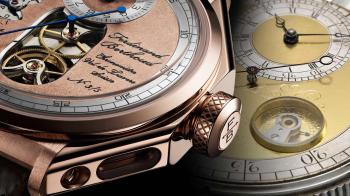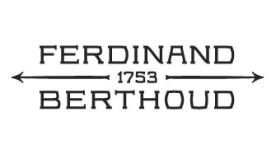In 2006, Karl-Friedrich Scheufele, co-president of Chopard, quietly bought the name “Ferdinand Berthoud”. It took a further nine years, until 2015, for him to speak up and begin to lay the foundations of what has since become La Chronométrie Ferdinand Berthoud. The premise was pretty open-ended: to create the kind of timepieces that Ferdinand Berthoud would have made, were he alive today. This left almost unlimited creative possibilities.
Today the brand is starting to construct an identity. It has two models, one movement, a positioning strategy and a vision, which is to work according to the foundations laid by the famous watchmaker (1727–1807). So are these foundations historically accurate or innovative?
A sense of place
Before we get to the technical and aesthetic choices, we’ll begin with geography. Ferdinand Berthoud was born in Plancemont in the canton of Neuchâtel (NE), a tiny hamlet numbering no more than a few dozen inhabitants. The modern-day manufacture that took his name is located in Fleurier (NE). The distance between them is just 5 km. The geographical link is thus clearly established.
A well-chosen heritage
Ferdinand Berthoud left behind a considerable literary oeuvre (12 works), a testament to what was possible in the century of progress known as the Enlightenment. His work built on the accomplishments of Harrison (1693–1776) and Breguet (1747-1823), and parallelled that of Moinet (1768–1853) among others.
They were engineers, scientists, astronomers and watchmakers, or all of those things at the same time. Two centuries later, La Chronométrie Ferdinand Berthoud focuses solely on watchmaking. There are no recent authoritative works on Ferdinand Berthoud. Only two are available, and they are decades old. Something for the young company to consider?
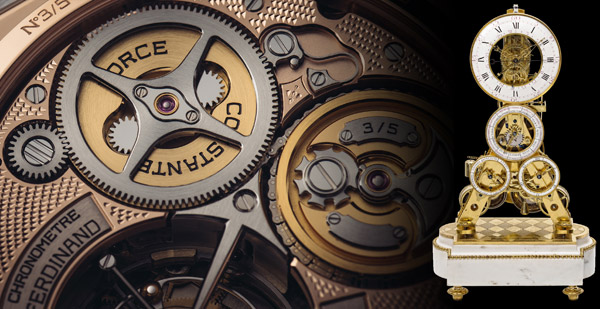
Careful timekeeping
The current manufacture picks up where Ferdinand Berthoud left off. The watchmaker’s marine chronometers were used to achieve an accurate measurement of longitude. Today, the company that bears his name also carries his heritage. All of the company’s current output is certified by the COSC. It’s a good start, but a Qualité Fleurier label would be even better. It would provide a clear geographical anchor with both the eponymous watchmaker and La Chronométrie, as well as a certification that many consider superior to the COSC.
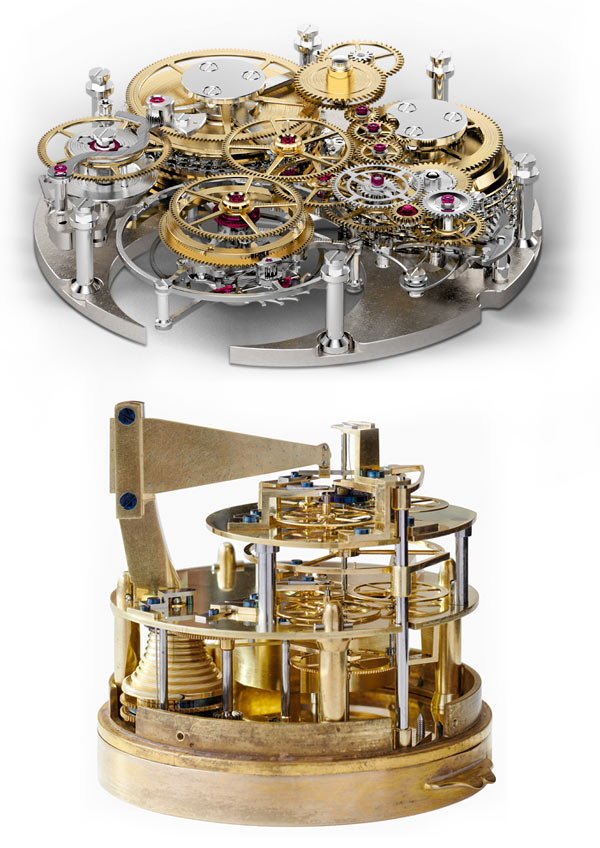
Direct technical and aesthetic inspiration
Then there’s the movement development and the general aesthetics of the watch. It’s here that La Chronométrie has focused most of its efforts. First, there is the off-centre dial at twelve o’clock, a design Ferdinand Berthoud adopted in 1806. Then there are the lateral openings in the side of the case of all La Chronométrie’s creations. This same feature was found in Ferdinand Berthoud’s marine chronometers, dating back to 1777.
La Chronométrie has taken a creative liberty with the case shape, which is eight-sided. This is a welcome feature because it is unusual within the Haute Horlogerie sphere. Nevertheless, it cannot be considered a betrayal of Berthoud’s heritage because the wristwatch did not exist in his time.
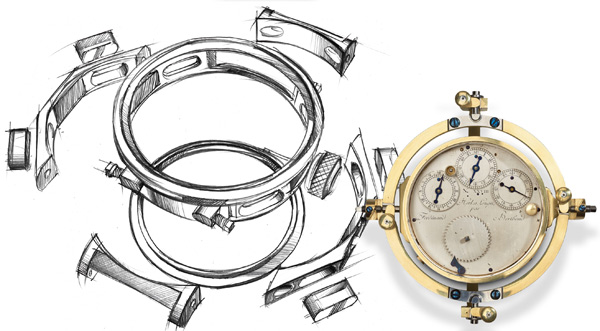
Finally, there is the cylindrical movement construction with fusée-and-chain, which today’s watches reproduce faithfully, giving them an undeniable technical and aesthetic power. The decision to add a tourbillon doesn’t come from an original Ferdinand Berthoud piece, but it does stem from a wish to perpetuate the watchmaker’s demand for chronometric precision, given that it is connected to a central hand. The finish (components and exterior) is of a very high standard, an observation confirmed by inspection through a 6.7x loupe.
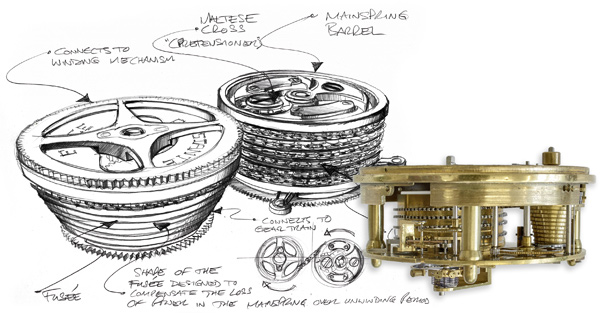
Conclusion: the art of taking liberties
La Chronométrie Ferdinand Berthoud is engaged in a delicate balancing act. On the one hand there is its heritage, from which it must be able to pull free, without veering into betrayal. And on the other there is the present, with its almost limitless technical possibilities that must imperatively be treated with caution.
Walking the line is tricky, but the first steps taken by La Chronométrie have been guided by one essential quality: coherence. The manufacture has a legacy to respect: display, chronometric precision and movement construction. At the same time, it takes liberties that allow its creativity to shine, with high-level finishes that were unknown in the 18th century, a new octagonal case and innovative materials (ceramicised titanium, for example).
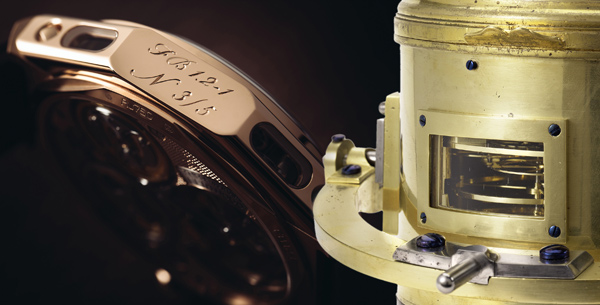
What happens next is anyone’s guess. We hope that future pieces will make the most of a well-constructed narrative (by using a reference work) and aim for a more ambitious certification (Qualité Fleurier). We also welcome La Chronométrie’s commitment to the Time Aeon Foundation, which will help to ensure that Ferdinand Berthoud’s dedication to passing on his knowledge continues with the next generation of watchmakers. Finally, rumour has it that the house where Ferdinand Berthoud originally did business has been identified, and that a certain property is currently undergoing renovation...

